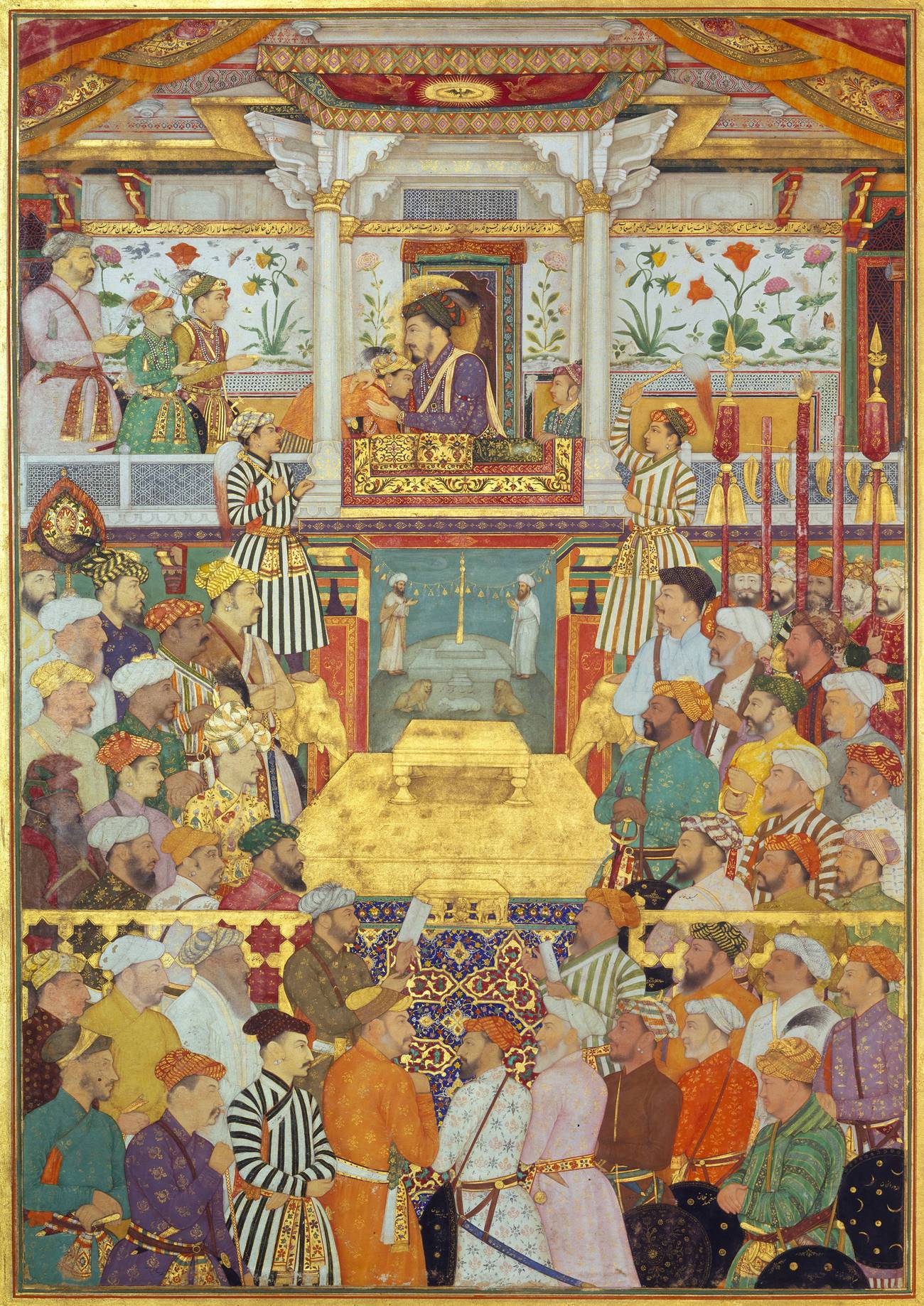Iran and Persia
How the name of a noble civilization disappeared from the map




I still can’t get used to it …
It all began with a conversation, in the French Harper’s Bazaar, with Iranian actress and activist Golshifteh Farahani.
We were talking about the courage of women in Iran. About the ferocious repression that befell their people.
We evoked the death sentences, the hangings, the firing of real bullets into demonstrations.
We recalled the old days when La Règle du Jeu launched a solidarity campaign for a young woman threatened with stoning, Sakineh Mohammadi Ashtiani—and another, from even earlier, where I proposed the term fascislamism to designate the grand totalitarian regression that the Ayatollah Khomeini sought.
We spoke about Ukraine.
We worried about the rise in power of an assassins’ international that also includes the Taliban’s Afghanistan, Erdogan’s Turkey, and Xi Jinping’s China, and about how we can’t say if it’s headquartered in Moscow or Tehran.
And no sooner but the press and trolls on the regime’s payroll go wild.
They insult Golshifteh.
They go after her family.
And, thanks to a falsified page from one of my books, The Empire and the Five Kings, I get painted as a devil transforming the Iranian people into “Nazis.”
The truth is that, in my book, I landed on a little-known event that is nonetheless well documented by historians.
The name of Iran, in Farsi, has always been “Iran.”
But the country also had another name, Persia, which the rest of the world used and which was associated with the spirit of Persian poetry, music, miniatures, porcelain, schools of painting, and mythology.
Then came the 1930s.
The German academy initiates a broad debate among archaeologists, philologists, and linguists to decide where lies the true cradle of the so-called “Aryan race” in order to dominate the world.
Relying on the homophonic nature of the two words, some half-wits conclude that it’s in the country of Avesta—so called in its sacred texts, in the high and old lands where the nobles self-described as “Aryas,” among the “Ariaoi” of Herodotus—that one could find the homeland of the “Aryans.”
And so the first of the Pahlavi—seeking emancipation from Anglo-Saxon guardianship and rapprochement with this other “Aryan nation” that Germany wished to be, where he saw, as many others did, the face of the future—falls into the trap and announces, by decree, on March 21, 1935, that the only official diplomatic name of Persia shall be Iran.
His son, assuming the throne in 1941 after the Allies forced the father’s abdication, confirmed in his memoirs that his father had, in making the name change, “deliberately encouraged relations between Persia and Germany.”
The young shah’s first prime minister, Mohammad Ali Foroughi, regretted that the country of Darius, Xerxes, and Ferdowzi risked amputation—“at the stroke of a pen”—of a part of its memory.
A council of sages was named and recommended, 18 years later, to go back and put both names in use again.
But 1979 loomed.
The mullahs, looking to erase the pre-Islamic past, closed the case.
And this is how, in international usage, the noble and beautiful name of Persia fell into disuse.
This episode is, again, mentioned by all the historians.
And it is detailed in the monumental Encyclopaedia Iranica—piloted by Columbia University and under the direction, up until his death in 2018, of Ehsan Yarshater—by some of the most preeminent Iran specialists.
Of course, we could always consider this name-changing affair of little importance and say instead that today, all that matters is the women’s revolution, life, and liberty.
We would be wrong.
Because this semantic backslide laid the groundwork for the deculturalization begun, in 1979, by these authentic fascists who were, and remain, the Guardians of the Revolution.
It preceded the iconoclastic rage that would wipe the sun and Zoroastrian lion from the national flag and would, in Isfahan, Tabriz, or Tehran, tear down the monuments and symbols of Persian dynasties.
And I remember, conversely, the day in 1971 when the sister of the shah came to the United Nations to offer a copy of the Cyrus Cylinder, when the world discovered that engraved in clay, 23 centuries before the French Revolution, was the first declaration of the rights of man.
In great civilizations, things cannot be separated.
Iran is not Iran if it isn’t also Persia.
And there, as elsewhere, the battle for rights is also a battle for memory.
It’s simple: To win, the democratic revolution underway there must relearn how to braid the three golden strands: Shiism, the Enlightenment, and the heritage of the Book of Kings.
Translated from the French by Matthew Fishbane.
Bernard-Henri Lévy is a philosopher, activist, filmmaker, and author of more than 30 books including The Genius of Judaism, American Vertigo, Barbarism with a Human Face, Who Killed Daniel Pearl?, and The Empire and the Five Kings. His most recent film, Slava Ukraini, premiered nationwide on May 5, 2023.